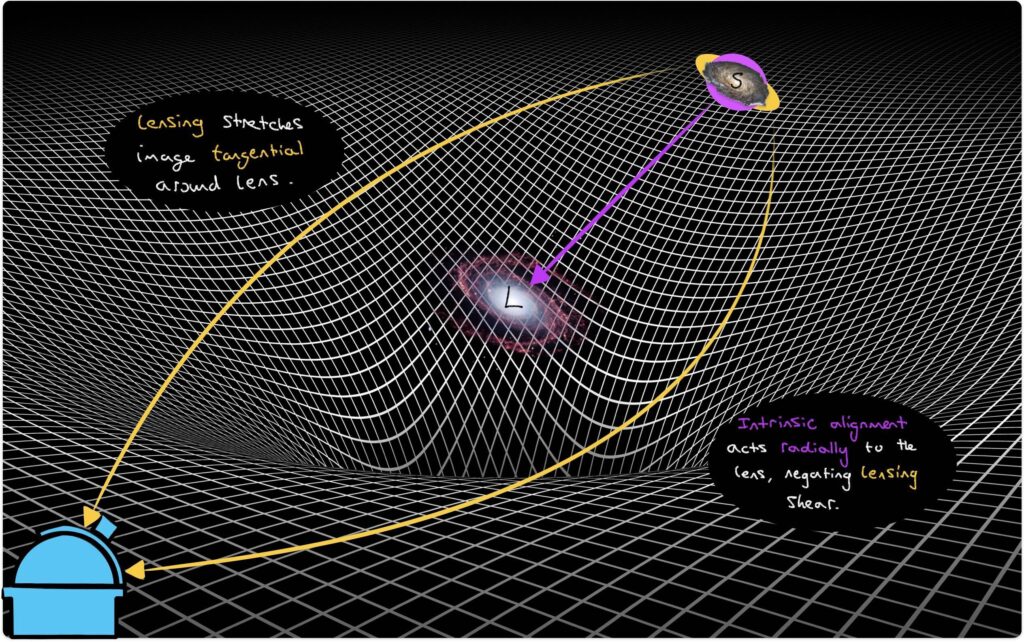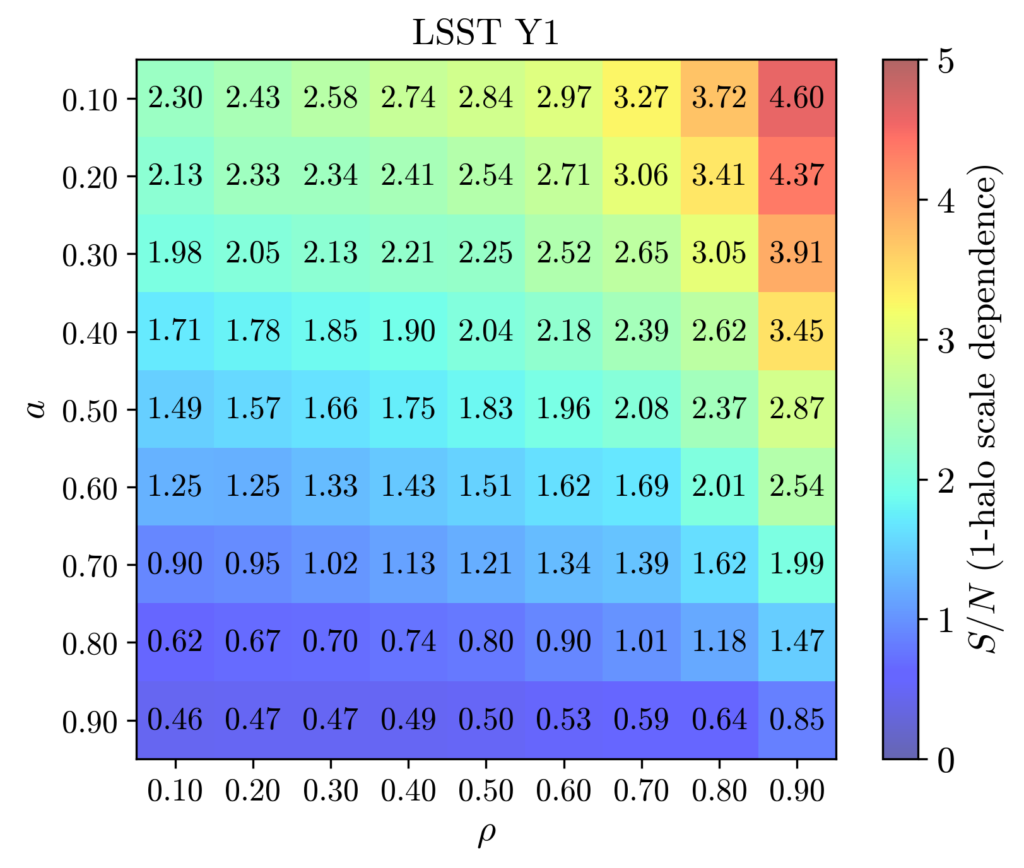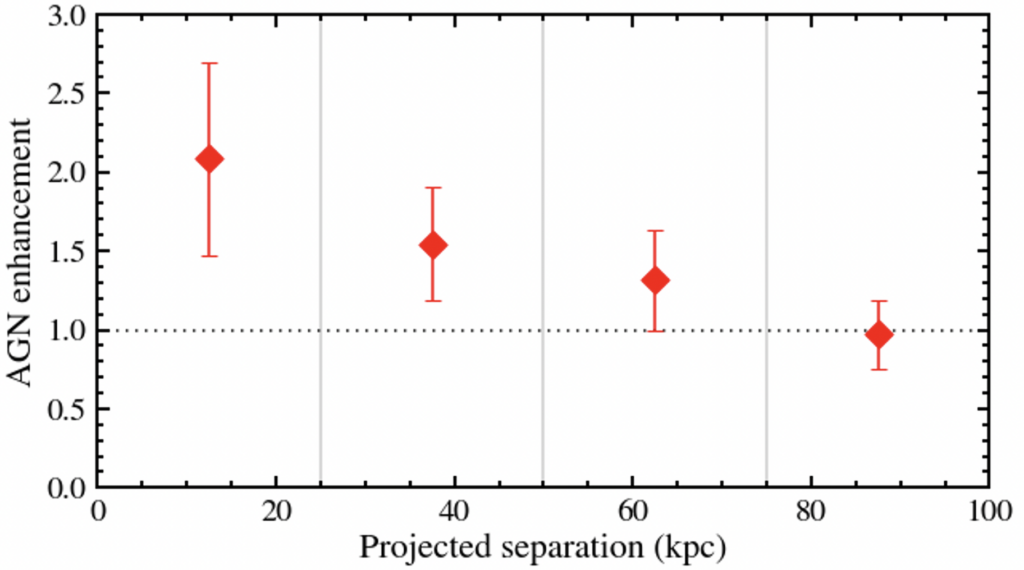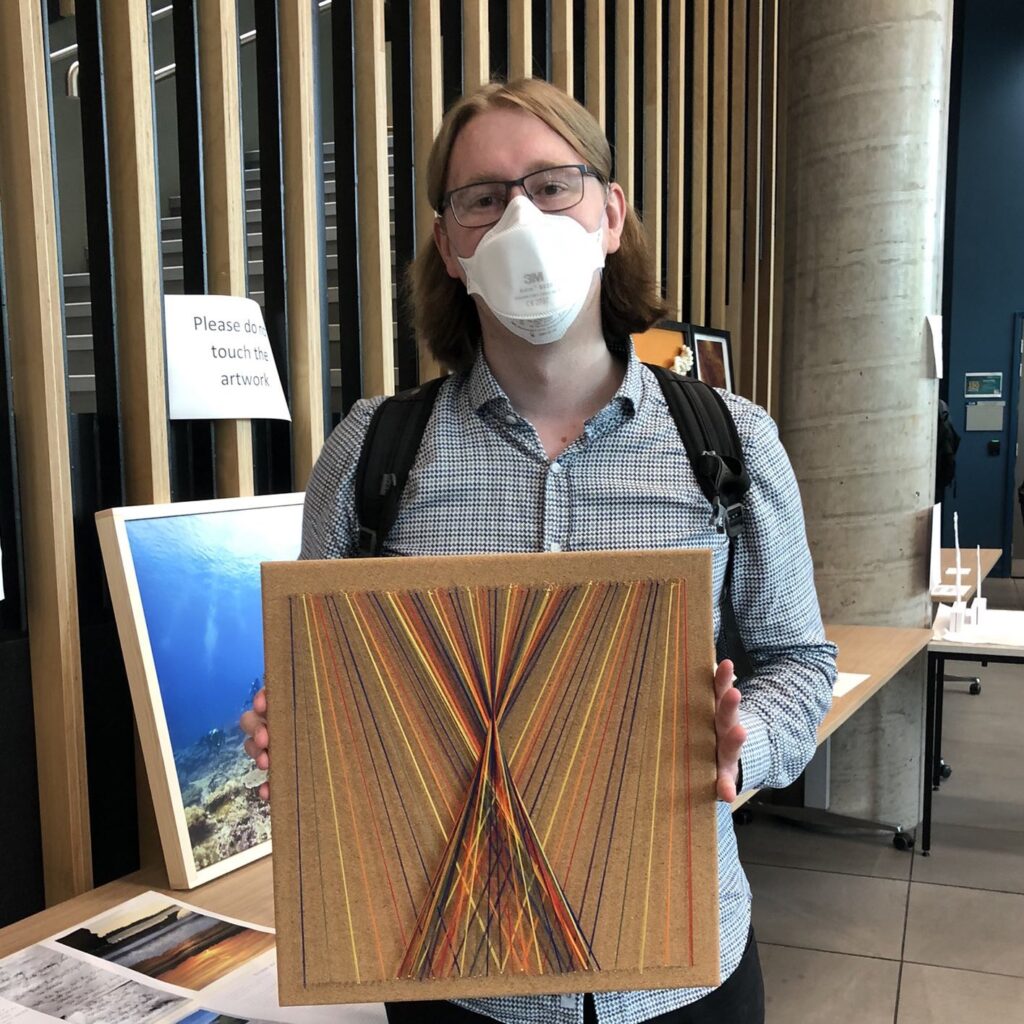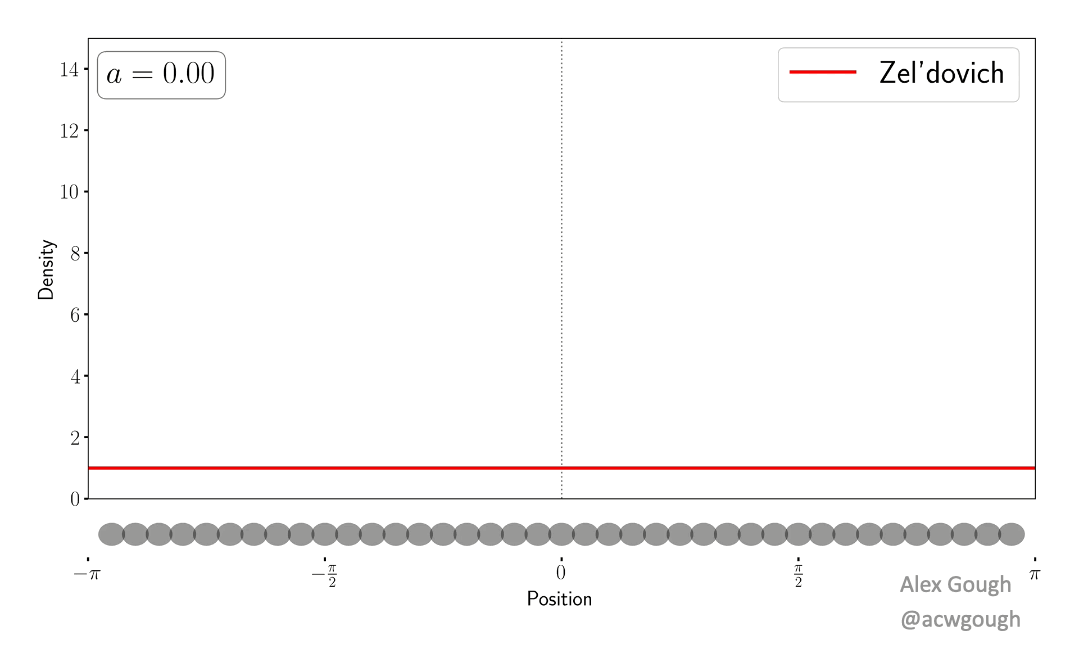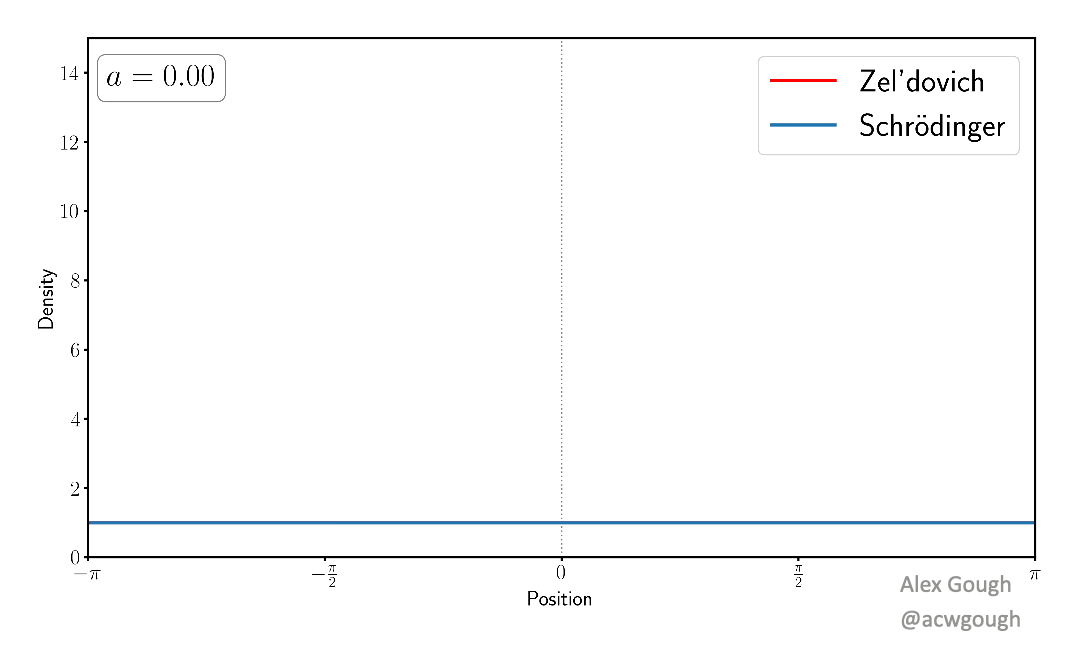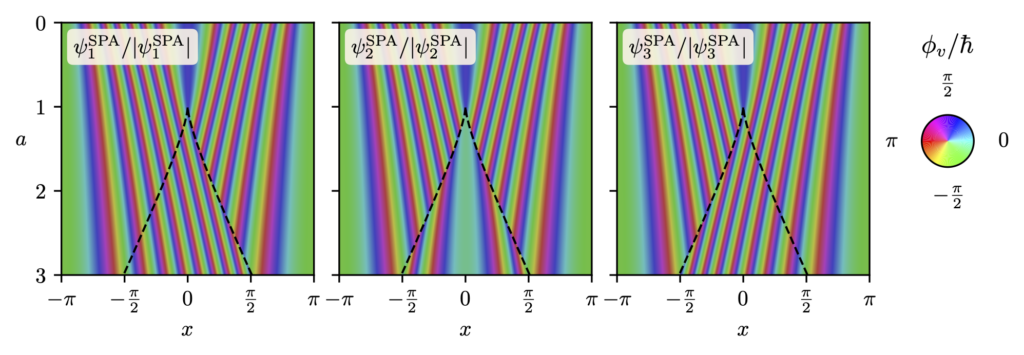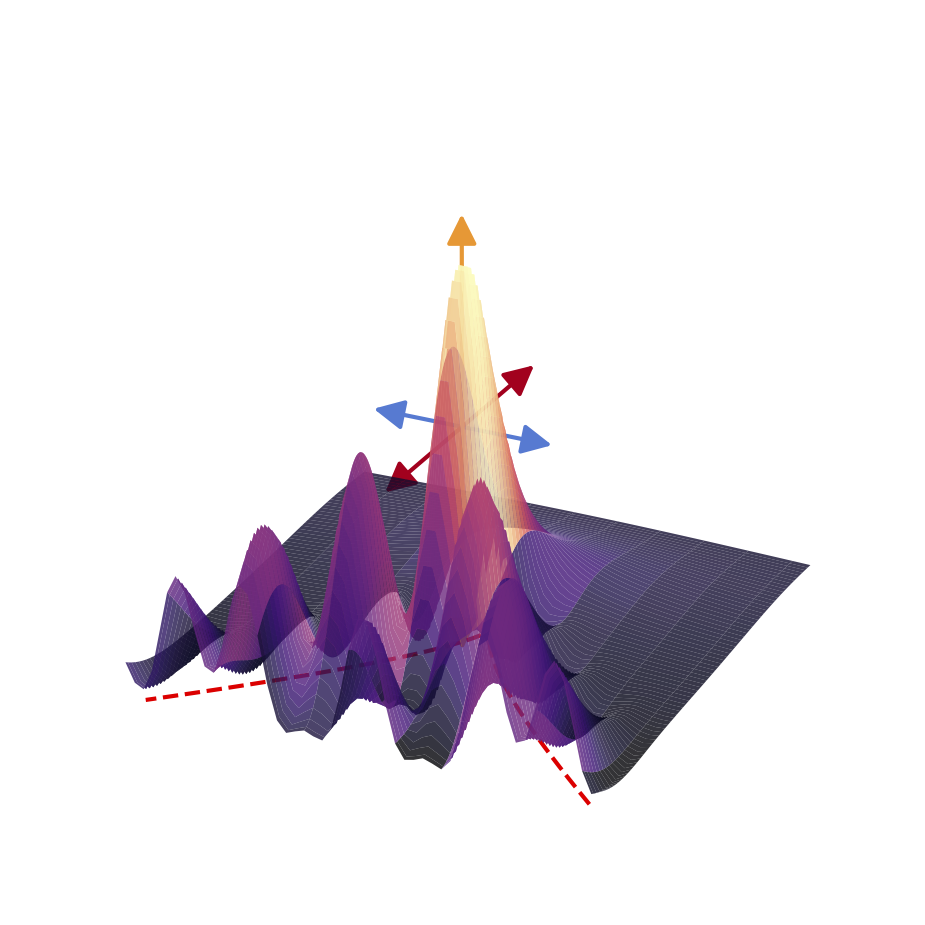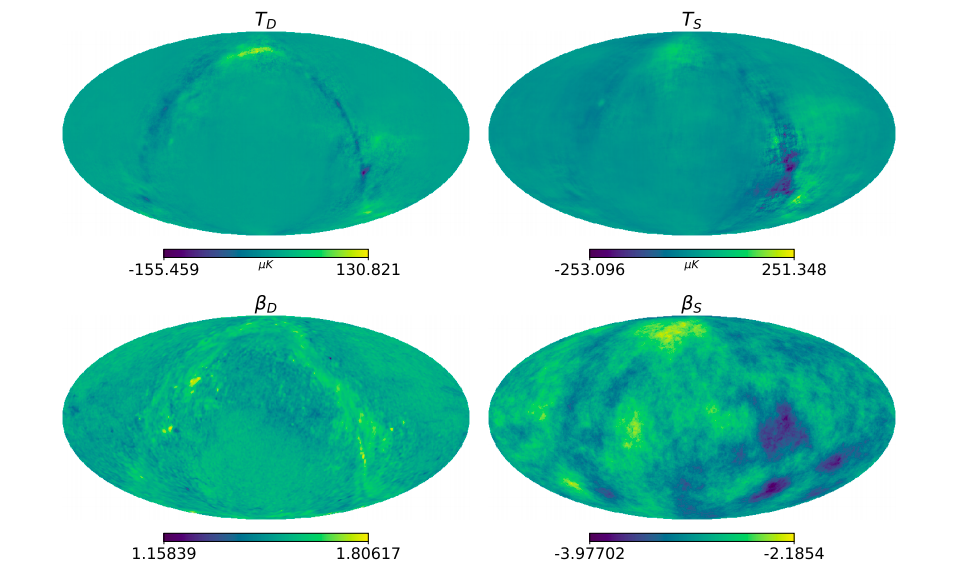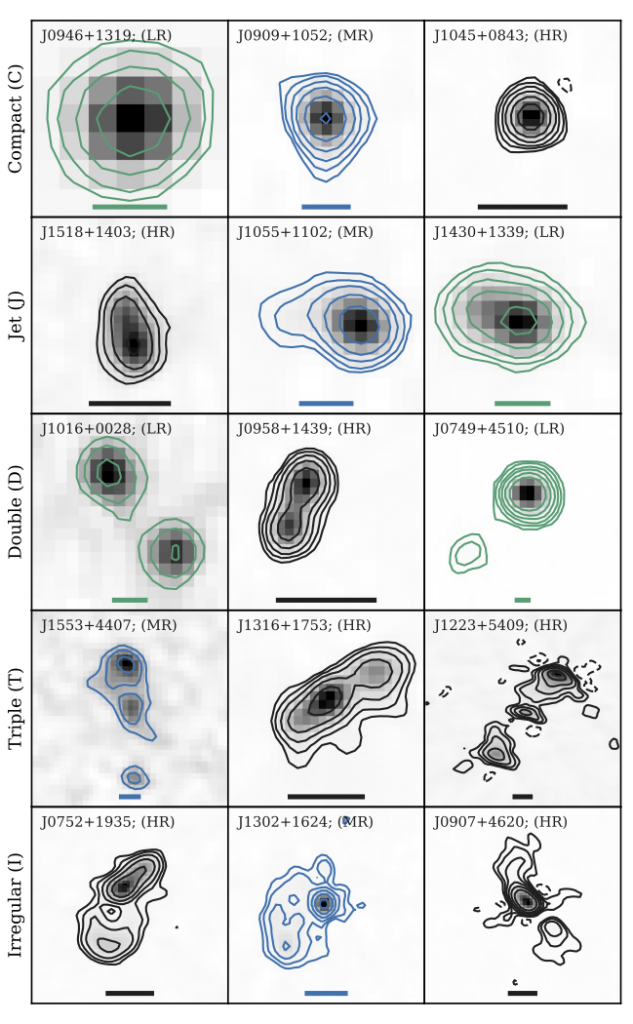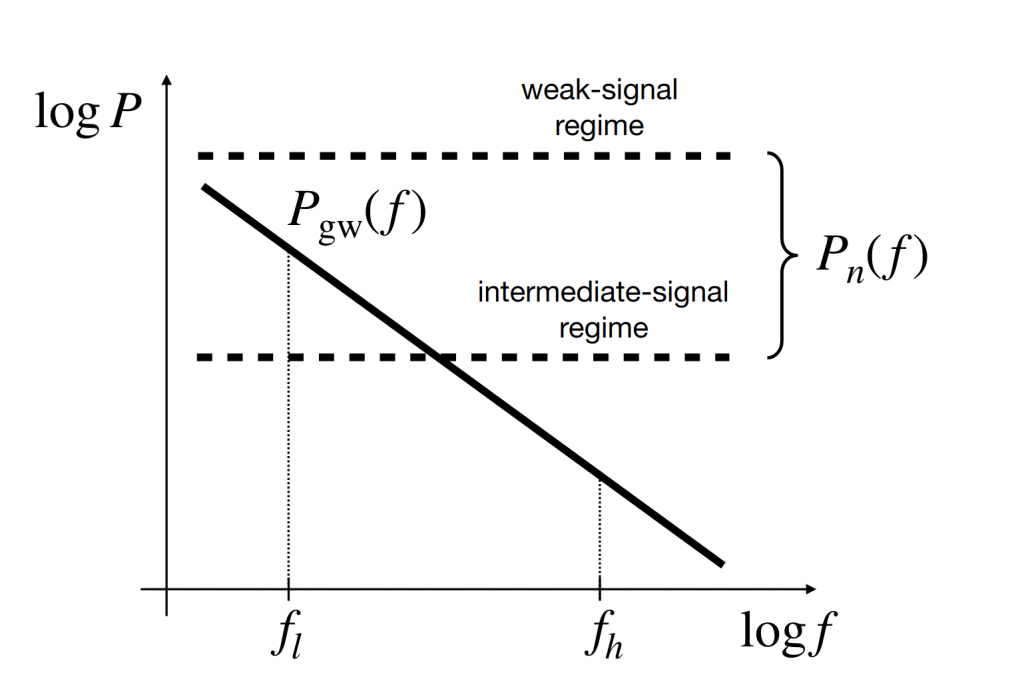Two new papers have been published from the Quasar Feedback Survey, which is a project led by Chris Harrison. The two papers, led by PhD Students Aishwarya Girdhar and Stephen Molyneux, use data from the ALMA and APEX facilities to establish how rapidly growing supermassive black holes (which we call quasars) are able to influence the molecular gas in their host galaxies. Emission lines associated with Carbon Monoxide (CO) are used to trace the molecular gas.
In the study of Girdhar et al., four quasars are selected from the survey to map in lots of detail, the distribution and motions of the molecular gas. These quasars were selected because they are known to have large bubbles of radio emission extending well beyond the main host galaxy disks. These are thought to be inflated by radio jets expanding from the central black hole. Molecular gas appears to be being lifted by these expanding radio bubbles in two of the targets investigated (see upper panels in the figure). This may be making it more difficult for the galaxy to form stars in the future (molecular gas is the fuel for forming new stars). In all four targets, another impact of the powerful, growing black holes was revealed: extreme velocities were observed close to the central regions (see lower panels in the figure), likely due to “outflowing” gas driven by the jets or powerful radiation in these regions.
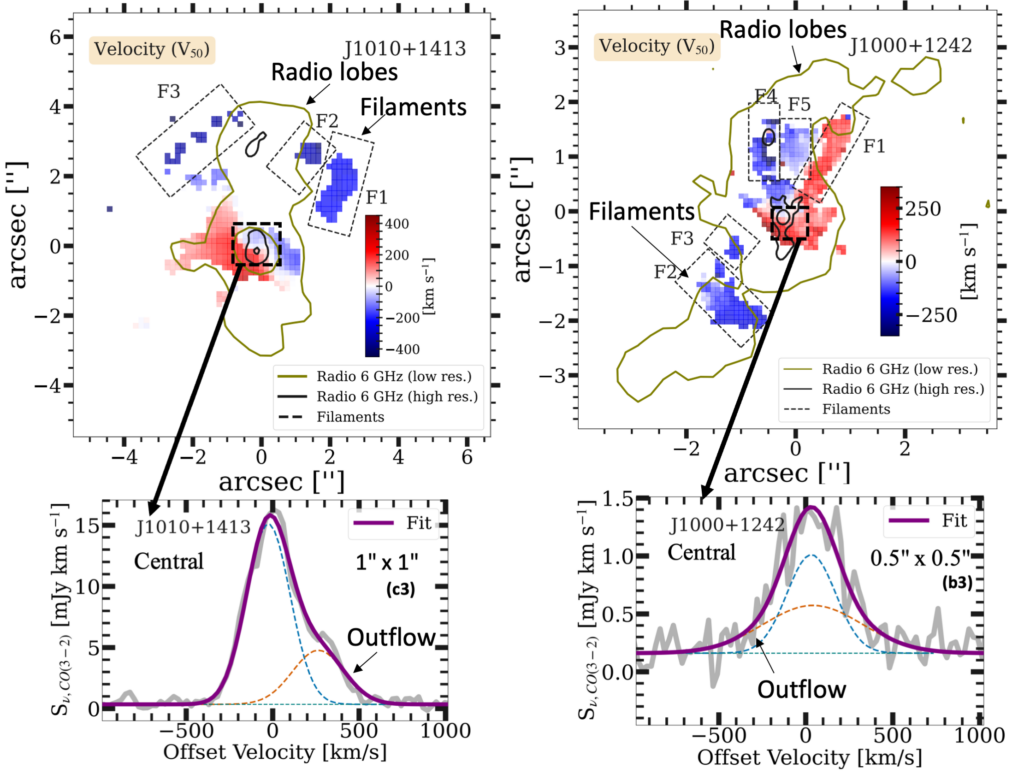
In the study of Molyneux et al., 17 quasars were studies from the survey. Using information of multiple different CO emission lines (this time with no spatial information), it was investigated if the molecular gas across the whole galaxies is “excited” due to the powerful quasars and jets in these systems. In short, the conditions of the molecular gas were found to be consistent with that expected if there was no additional excitation (beyond what is typically expected for these sort of highly star-forming host galaxies). The conclusion of these two studies, is that the impact of the quasars is not to instantly affect the whole gas reservoir, but instead, more localised and longer term affects (driving outflows, lifting the gas) may make it more difficult for the host galaxies to form stars in the future. This is consistent with expectations from theoretical models and simulations, as recently demonstrated by another one of our PhD students, Samuel Ward, in Ward et al. (2022).

